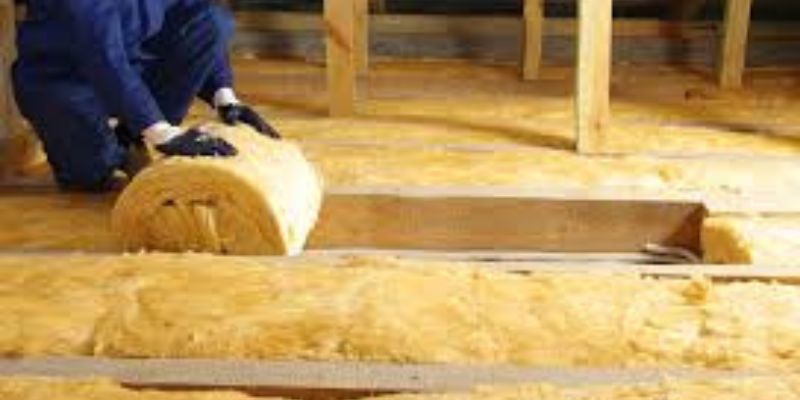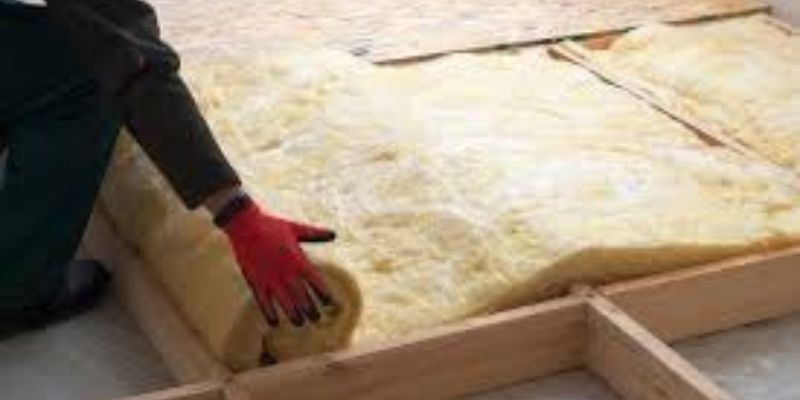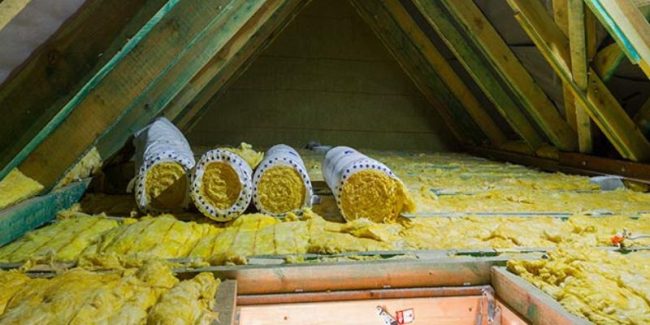If you live in Ireland and want to reduce your energy bills while making your home more comfortable, attic insulation is one of the best improvements you can make. However, many homeowners are unsure about the cost and benefits. This article breaks down the attic insulation cost in simple terms, helping you make an informed decision and start saving money and energy.
Why Is Attic Insulation Important?
Attic insulation works by trapping heat inside your home during the colder months and keeping it out during the summer. Without proper insulation, up to 25-30% of your home's heat can escape through the roof. This means your heating system works harder, increasing your energy bills and your carbon footprint.
In Ireland, where winters are long and damp, insulation is a smart investment that pays off quickly.
Types of Attic Insulation

Before diving into costs, it helps to understand the different types of attic insulation available in Ireland:
-
Blanket or Roll Insulation (Mineral Wool or Fibreglass)
-
Most common type.
-
Easy to install between joists.
-
Ideal for accessible lofts.
-
Affordable and widely used.
-
-
Blown-In Insulation
-
Loose insulation material (e.g., cellulose or mineral wool) blown into gaps.
-
Good for hard-to-reach areas.
-
Requires professional installation.
-
-
Spray Foam Insulation
-
Expands on application to seal cracks and gaps.
-
High thermal performance.
-
More expensive but highly effective.
-
Not recommended due to ventilation issues in older Irish homes.
-
-
Rigid Board Insulation
-
Boards made of materials like PIR or polystyrene.
-
Used for attic conversions or under sloped roofs.
-
Higher cost but excellent performance.
-
Attic Insulation Cost in Ireland
Attic insulation costs vary depending on the size of your attic and the type of insulation you choose. Here’s a general breakdown:
1. Blanket (Mineral Wool) Insulation Cost
- Average attic (50–60 m²): €800 – €1,500
2. Blown-In Insulation Cost
- Average attic: €1,000 – €1,800
3. Spray Foam Insulation Cost
- Average attic: €1,500 – €3,000+
4. Rigid Board Insulation Cost
-
Cost per square metre: €30 – €40
-
Used mainly in attic conversions or renovations
Factors That Affect the Final Cost

Several things can affect the final cost of attic insulation:
-
Size of your attic: Larger spaces require more material and labour.
-
Accessibility: A cramped or cluttered attic may cost more to insulate.
-
Current insulation condition: If old insulation needs to be removed, it will add to the cost.
-
Type of insulation: As explained above, materials vary in price.
-
Labour: Professional installation typically adds between €300 and €700 to the overall cost, depending on the complexity of the job.
Grants Available in Ireland
To make insulation more affordable, the Sustainable Energy Authority of Ireland (SEAI) offers home energy grants for attic insulation.
As of 2025, you can receive up to:
-
€1,500 for attic insulation in a detached house
-
€1,300 for a semi-detached or end-of-terrace
-
€1,200 for a mid-terrace
-
€800 for apartments
You must use a registered SEAI contractor to qualify. This grant can reduce your upfront cost significantly.
Long-Term Savings
Attic insulation can cut your heating bills by up to 20-30% annually. On average, Irish households spend around €1,800–€2,200 a year on heating. That means you could save €400–€600 every year just by insulating your attic.
Most homeowners see a return on investment in 2–4 years, especially if they use SEAI grants.
Other Benefits of Attic Insulation
-
Increased comfort: Fewer cold spots and more consistent indoor temperatures.
-
Lower carbon emissions: Helps the environment by reducing energy waste.
-
Higher BER rating: Increases property value and makes your home more attractive to buyers.
-
Less noise: Insulation also acts as a sound barrier.
Should You DIY or Hire a Pro?
Professional installation is essential to ensure safety, compliance, and maximum effectiveness. Additionally, to qualify for SEAI grants, the work must be carried out by an SEAI-registered contractor. Choosing to install insulation yourself means you will not be eligible for these grants, potentially losing out on up to €1,500 in financial support.
Conclusion
Insulating your attic is one of the smartest ways to make your Irish home more energy-efficient and comfortable. While the upfront attic insulation cost may seem like a lot, the long-term savings and environmental benefits make it well worth it.
Thanks to SEAI grants, the cost is more affordable than ever in 2025. Attic insulation is a home upgrade you won’t regret.

